Regulatory Support and Reimbursement Policies
The Stereotactic Body Radiation Therapy Market is positively impacted by favorable regulatory support and reimbursement policies. Governments and health organizations are increasingly recognizing the value of SBRT in cancer treatment, leading to the establishment of guidelines that promote its use. Additionally, reimbursement policies are evolving to cover SBRT procedures, making them more accessible to patients. This financial support is crucial for encouraging healthcare providers to adopt SBRT as a standard treatment option. As reimbursement rates improve, the market is likely to see an increase in the number of facilities offering SBRT, thereby expanding its reach. The alignment of regulatory frameworks with clinical evidence supporting SBRT's efficacy is expected to further enhance market growth.
Investment in Healthcare Infrastructure and Technology
The Stereotactic Body Radiation Therapy Market is poised for growth due to increased investment in healthcare infrastructure and technology. Governments and private entities are allocating substantial resources to enhance cancer treatment facilities, which includes the acquisition of advanced radiation therapy equipment. This investment is crucial for improving patient access to cutting-edge treatments like SBRT. As healthcare systems evolve, the integration of SBRT into standard treatment protocols is becoming more common. The market is likely to benefit from this trend, as enhanced infrastructure supports the implementation of innovative therapies. Additionally, the focus on improving patient outcomes and reducing healthcare costs is driving the adoption of SBRT, further solidifying its position in the market.
Rising Cancer Incidence and Demand for Effective Treatments
The Stereotactic Body Radiation Therapy Market is significantly influenced by the rising incidence of cancer worldwide. As cancer rates continue to escalate, there is an urgent need for effective treatment modalities that can address various tumor types. Stereotactic Body Radiation Therapy Market (SBRT) has emerged as a viable option due to its ability to deliver high doses of radiation with precision. According to recent statistics, cancer cases are expected to rise by approximately 30% over the next decade, further propelling the demand for SBRT. This increase in cancer prevalence is likely to drive investments in research and development, ultimately enhancing the market's growth trajectory. The ability of SBRT to treat tumors in challenging locations makes it an attractive option for both patients and healthcare providers.
Technological Advancements in Stereotactic Body Radiation Therapy
The Stereotactic Body Radiation Therapy Market is experiencing a surge in technological advancements that enhance treatment precision and efficacy. Innovations such as image-guided radiation therapy (IGRT) and real-time tumor tracking systems are becoming increasingly prevalent. These technologies allow for more accurate targeting of tumors while minimizing damage to surrounding healthy tissues. As a result, patient outcomes improve, leading to higher demand for these advanced therapies. The market is projected to grow significantly, with estimates suggesting a compound annual growth rate (CAGR) of over 10% in the coming years. This growth is driven by the increasing adoption of sophisticated equipment and techniques that facilitate personalized treatment plans, thereby expanding the overall market landscape.
Growing Awareness and Acceptance of Stereotactic Body Radiation Therapy
The Stereotactic Body Radiation Therapy Market is benefiting from a growing awareness and acceptance of SBRT among both healthcare professionals and patients. Educational initiatives and outreach programs are playing a crucial role in informing stakeholders about the advantages of SBRT, including its non-invasive nature and shorter treatment times compared to traditional therapies. As more patients become informed about their treatment options, the demand for SBRT is likely to increase. Furthermore, healthcare providers are increasingly recognizing the benefits of incorporating SBRT into their treatment protocols, leading to a broader acceptance of this technology. This trend is expected to contribute to the market's expansion, as more facilities invest in the necessary equipment and training to offer SBRT as a treatment option.


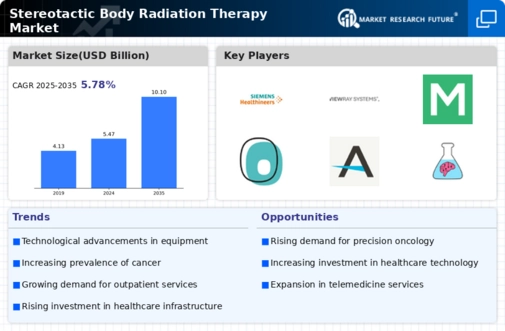
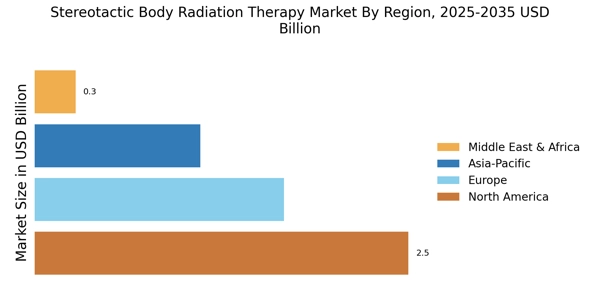
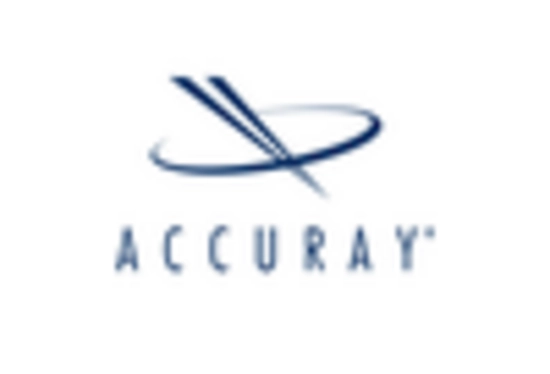

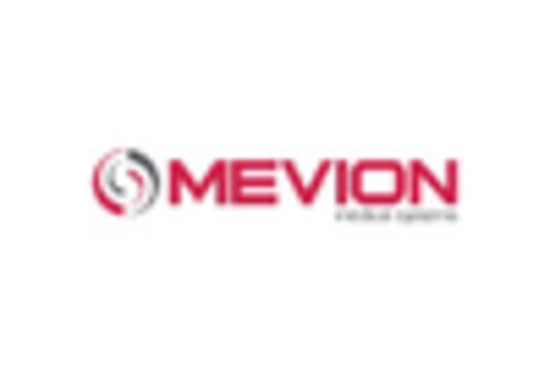


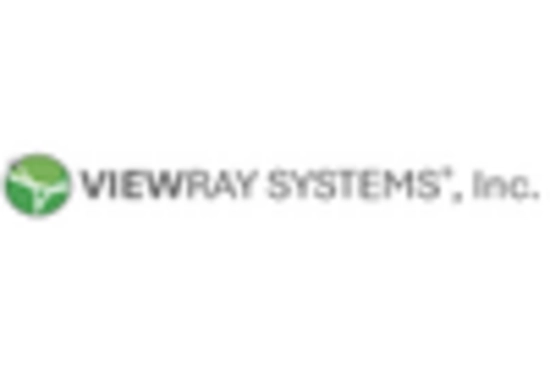








Leave a Comment